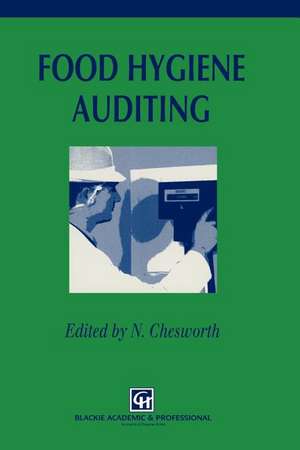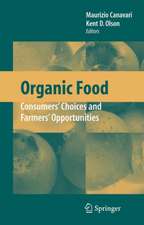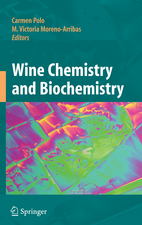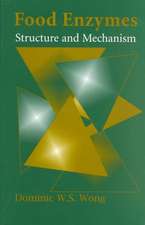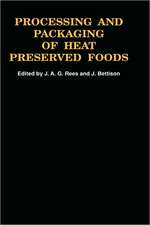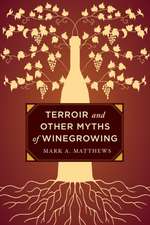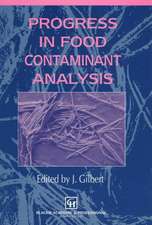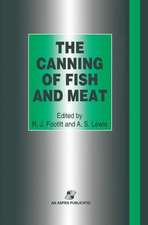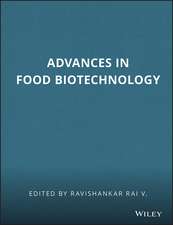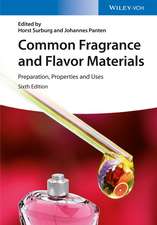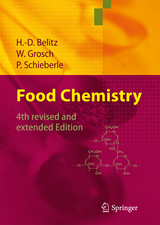Food Hygiene Auditing
Autor N. Chesworthen Limba Engleză Paperback – 21 sep 2011
| Toate formatele și edițiile | Preț | Express |
|---|---|---|
| Paperback (1) | 383.50 lei 43-57 zile | |
| Springer Us – 21 sep 2011 | 383.50 lei 43-57 zile | |
| Hardback (1) | 642.68 lei 43-57 zile | |
| Springer Us – 30 mar 1996 | 642.68 lei 43-57 zile |
Preț: 383.50 lei
Nou
Puncte Express: 575
Preț estimativ în valută:
73.39€ • 76.19$ • 61.20£
73.39€ • 76.19$ • 61.20£
Carte tipărită la comandă
Livrare economică 24 martie-07 aprilie
Preluare comenzi: 021 569.72.76
Specificații
ISBN-13: 9781461380542
ISBN-10: 1461380545
Pagini: 216
Ilustrații: 216 p.
Dimensiuni: 155 x 235 x 11 mm
Greutate: 0.31 kg
Ediția:1997
Editura: Springer Us
Colecția Springer
Locul publicării:New York, NY, United States
ISBN-10: 1461380545
Pagini: 216
Ilustrații: 216 p.
Dimensiuni: 155 x 235 x 11 mm
Greutate: 0.31 kg
Ediția:1997
Editura: Springer Us
Colecția Springer
Locul publicării:New York, NY, United States
Public țintă
ResearchCuprins
1 Food hygiene law.- 1.1 Introduction.- 1.2 The Food Safety Act of 1990.- 1.3 The Food Safety (General Food Hygiene) Regulations 1995.- 1.4 The Food Safety (Temperature Control) Regulations 1995.- 1.5 Conclusions.- 2 Food law in the United States.- 2.1 Introduction.- 2.2 The development of food law in the US.- 2.3 Liability.- 2.4 Federal agencies of the US involved in assuring food safety and quality.- References.- 3 HACCP and factory auditing.- 3.1 Introduction.- 3.2 HACCP.- 3.3 Factory auditing.- 3.4 Auditee response.- References.- 4 Premises — design and fabrication.- 4.1 The site.- 4.2 The principles of design.- 4.3 The construction.- 5 Raw materials.- 5.1 Raw materials: the feedstock of the food industry.- 5.2 The system for raw materials hygiene audit.- 5.3 Raw materials as purchased products.- 5.4 Supplier assurance assessment and audit.- 5.5 Raw materials hygiene auditing.- 5.6 Preventive and corrective action and verification.- 5.7 Conclusion.- References.- 6 Process equipment and machinery auditing.- 6.1 Introduction.- 6.2 Consideration of risk.- 6.3 Environmental considerations.- 6.4 Mechanical Quality Control.- 6.5 Preventative maintenance.- 6.6 Useful hints.- 6.7 Additional points of reference.- 7 Personnel hygiene standards.- 7.1 Introduction.- 7.2 Personnel employment, induction and training.- 7.3 General personnel standards and clothing.- 7.4 Standards of cleanliness of staff and personal hygiene.- 7.5 Staff facilities.- 7.6 Conclusions.- 8 Preventative pest control.- 8.1 Introduction.- 8.2 General pest control methods.- 8.3 Exclusion.- 8.4 Methods of exclusion.- 8.5 Reduction.- 8.6 Destruction.- 8.7 Pest prevention risk assessments.- 8.8 Summary.- 9 Cleaning and disinfecting systems.- 9.1 Introduction.- 9.2 Cleaning schedules.- 9.3 Cleaning productsand methods.- 9.4 Proactive cleaning.- 9.5 Monitoring procedures.- 9.6 Safety and supply of chemicals.- 9.7 Water hygiene for cooling and domestic water systems.- 9.8 Summary.- 10 Management controls.- 10.1 Introduction.- 10.2 The changing nature of management control.- 10.3 The role and perspective of the food hygiene auditor.- 10.4 Developing management controls.- 10.5 Setting up to audit controls effectively.- 10.6 Auditing management controls.- 10.7 Conclusion.
